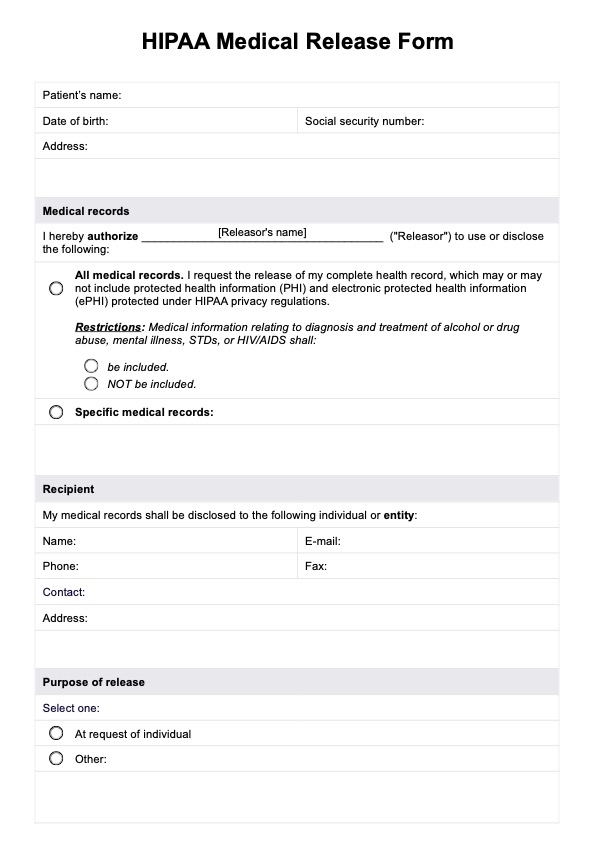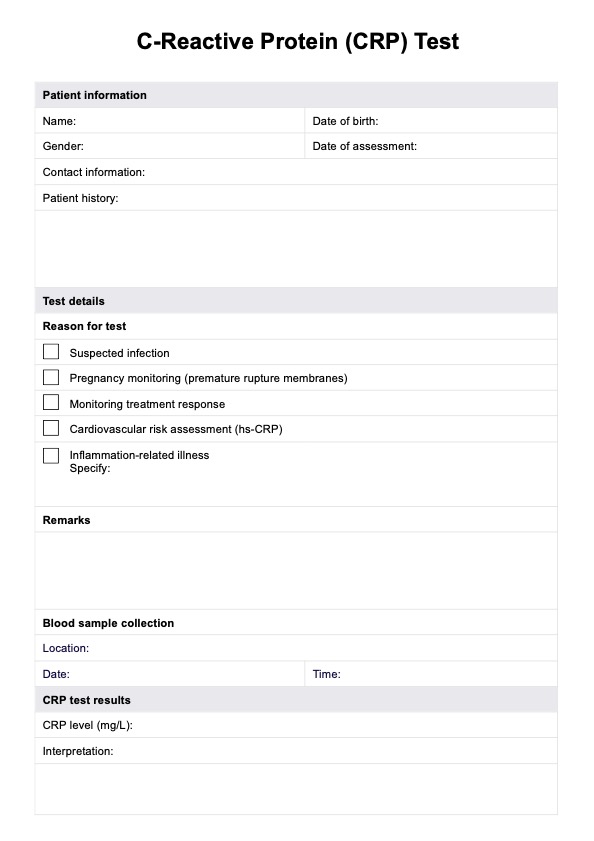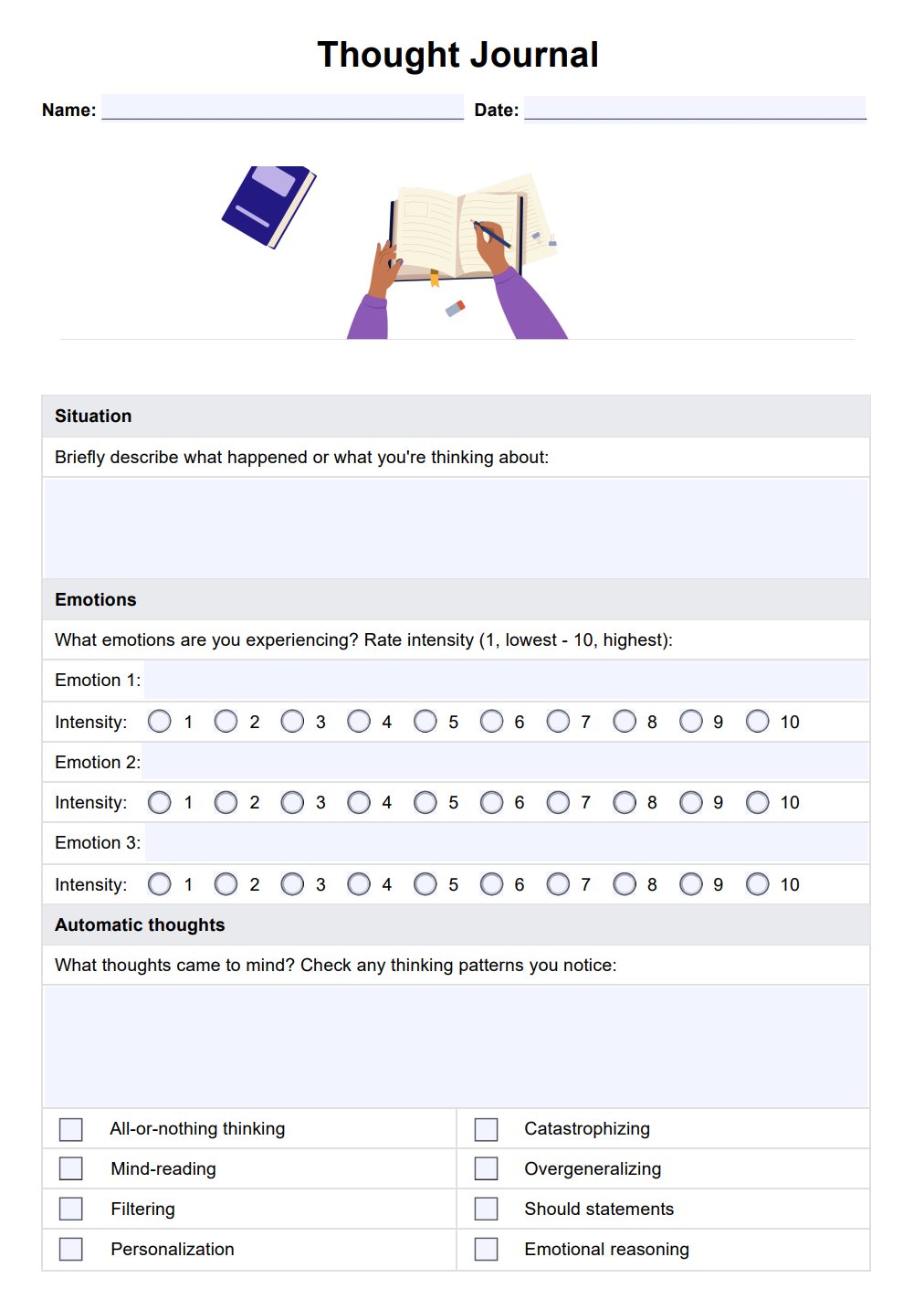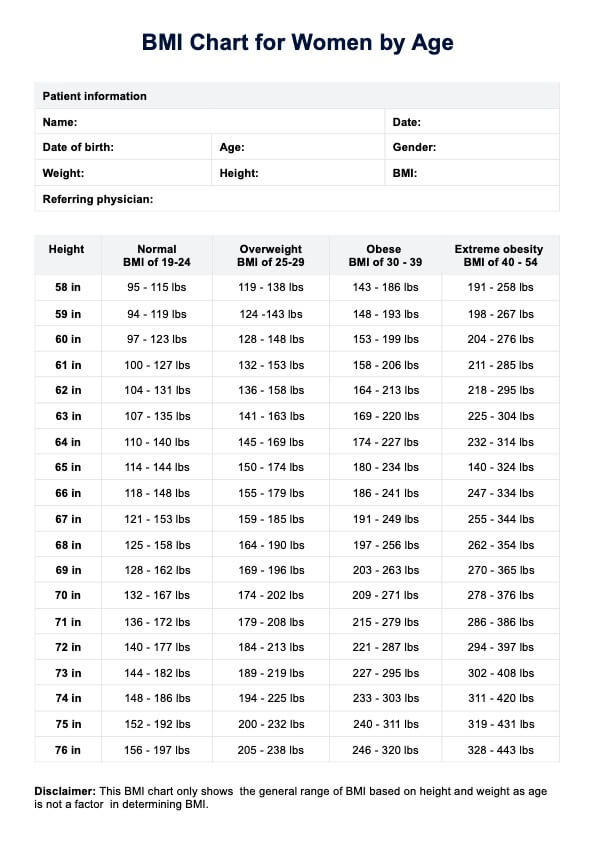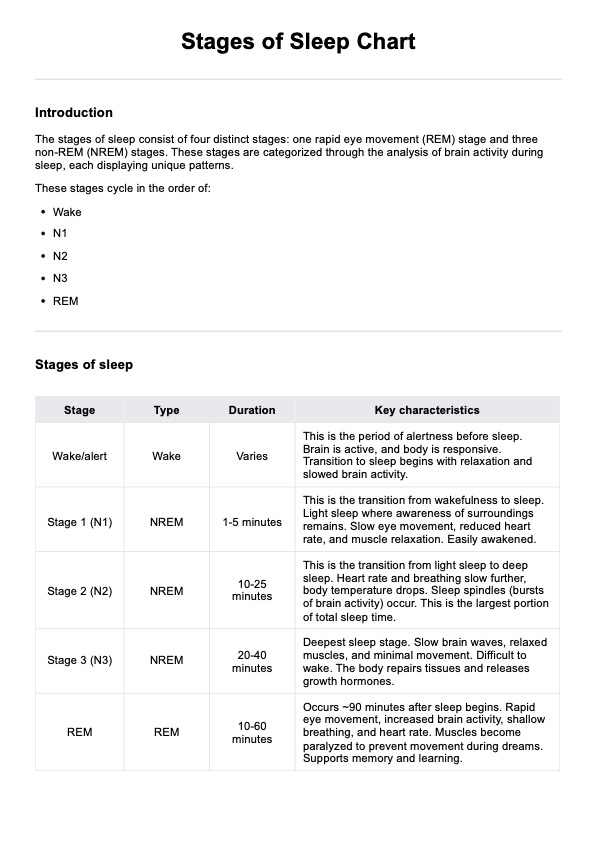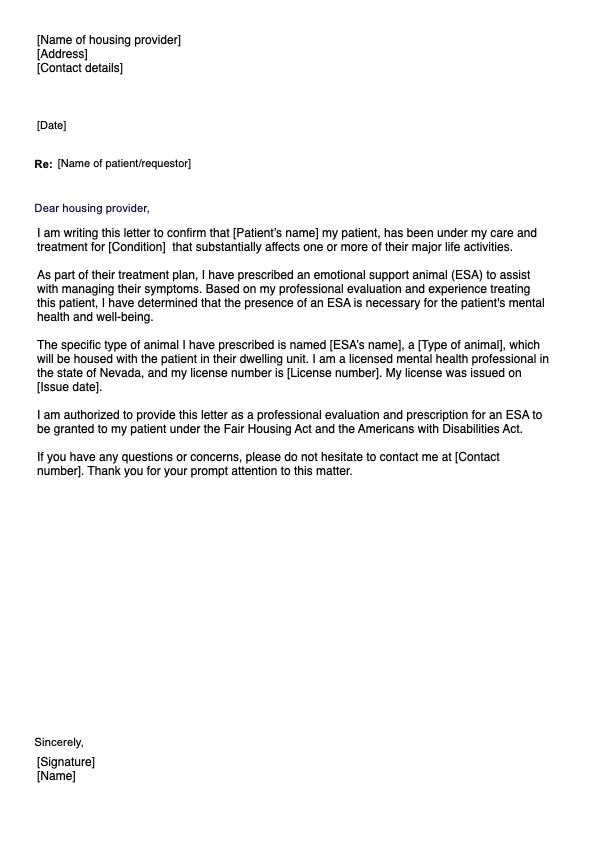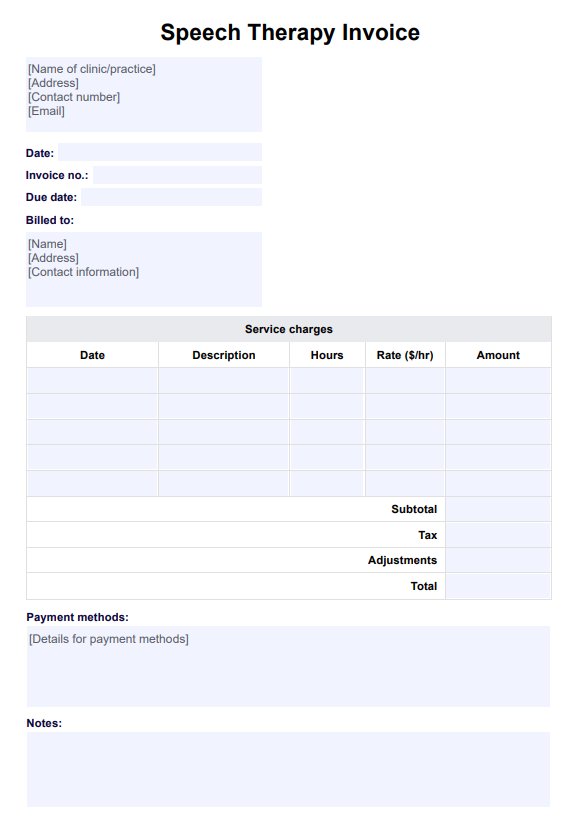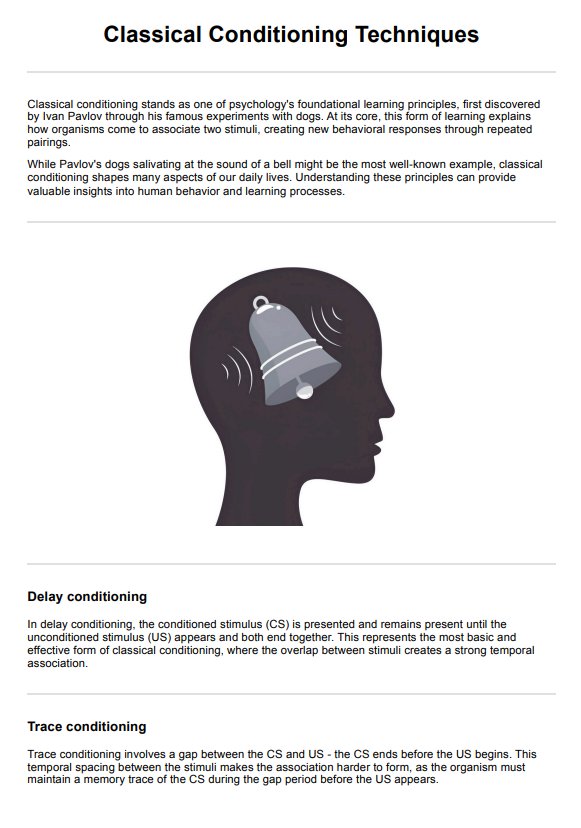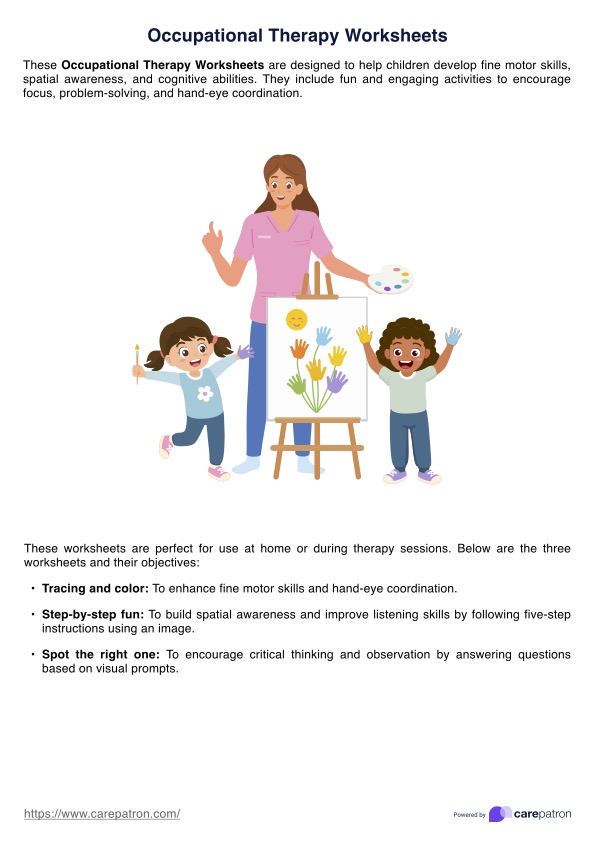The Cannon-Bard theory states that emotional responses and physiological reactions occur simultaneously. The thalamus sends signals to the cerebral cortex for emotional interpretation and the autonomic nervous system for physiological arousal, such as increased heart rate or physical reactions.

Cannon-Bard Theory of Emotion Handout
Download the handout to understand the Cannon-Bard Theory of simultaneous experience and physical reactions.
Cannon-Bard Theory of Emotion Handout Template
Commonly asked questions
Unlike the James-Lange theory, which suggests that physiological responses precede emotional experience, the Cannon-Bard theory proposes that both emotional expression and physiological responses occur simultaneously, emphasizing the role of the thalamus in processing emotions.
The Cannon-Bard theory helps explain how emotional reactions, such as facial expressions and physical responses, occur together, making it useful in understanding emotional stimuli and physiological responses in various contexts, such as mental health assessments.
EHR and practice management software
Get started for free
*No credit card required
Free
$0/usd
Unlimited clients
Telehealth
1GB of storage
Client portal text
Automated billing and online payments


